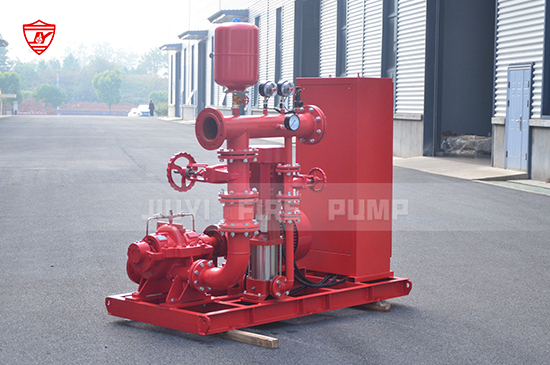Fire pumps are the heart of any fire protection system, and their performance can mean the difference between saving lives or facing disaster. That’s why full flow testing—a test that simulates real emergency demand—is a critical requirement for compliance and safety.

Full flow testing, also known as flow testing at rated capacity, verifies that a fire pump can deliver its rated flow and pressure under conditions that mirror an actual fire event. During this test, water is discharged from the pump into an open drain or test header, allowing it to operate at full capacity.
Even if a pump runs quietly during weekly churn tests, that doesn't mean it's capable of delivering full flow during a fire. A full flow test confirms that the system functions exactly as designed under peak demand.
Under high-flow conditions, previously unnoticed issues—such as bearing wear, motor inefficiency, cavitation, or pipe blockages—can become apparent.
According to NFPA 25, full flow testing is a mandatory annual requirement for most fire pumps. Skipping this test could mean non-compliance, putting both property and people at risk—and potentially invalidating insurance coverage.
Real fire events place intense demand on fire protection systems. If a pump hasn’t been tested under full flow, its failure during an emergency could lead to severe property loss or even fatalities.
Connect Hose Lines to a test header or flow meter.
Measure Three Key Points:
100% rated flow
150% rated flow
Shutoff (no flow) pressure
Record Amperage, Pressure, and Flow Rate to verify against manufacturer specifications.
Worn impellers or seals
Air leaks in suction piping
Obstructed discharge lines
Motor or diesel engine underperformance
Full flow testing isn’t just a compliance checkbox—it’s a life-saving quality control step. If you're a building owner, facility manager, or fire safety contractor, ensure your fire pumps are tested annually under full flow conditions.